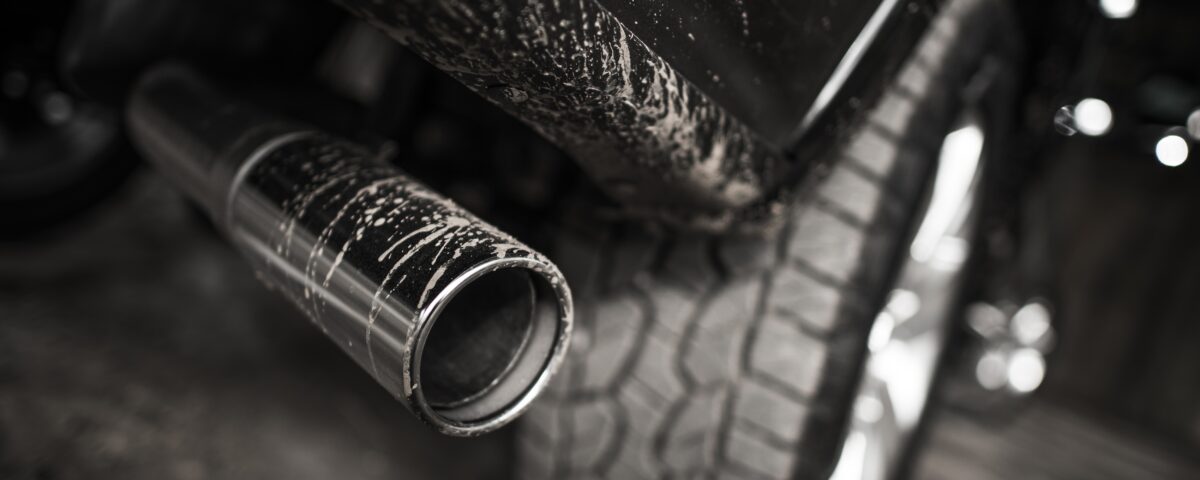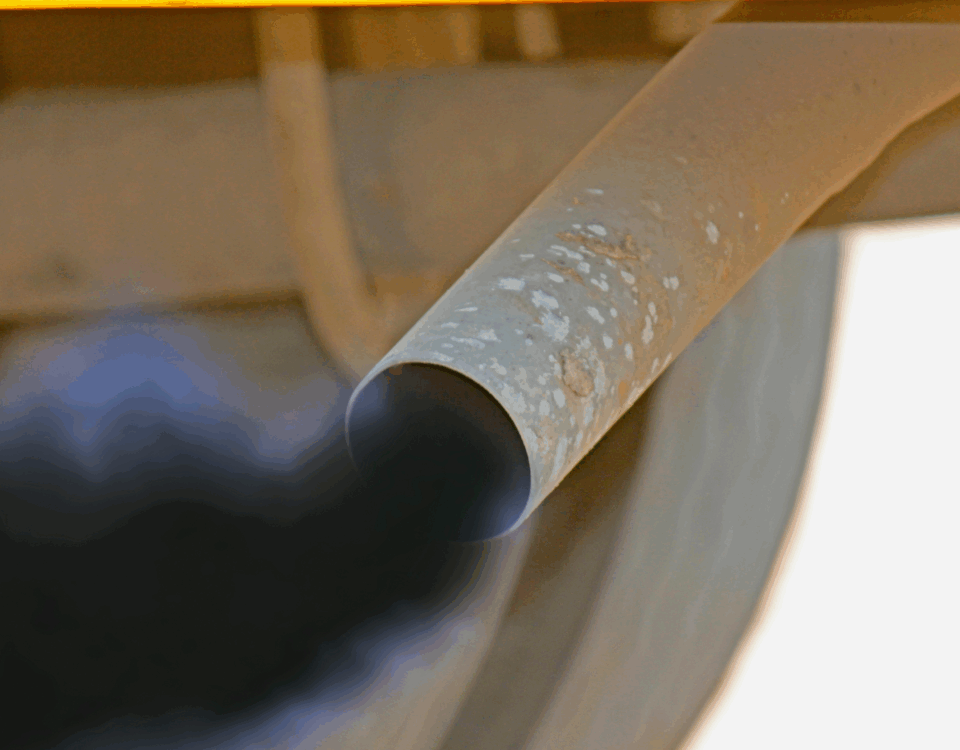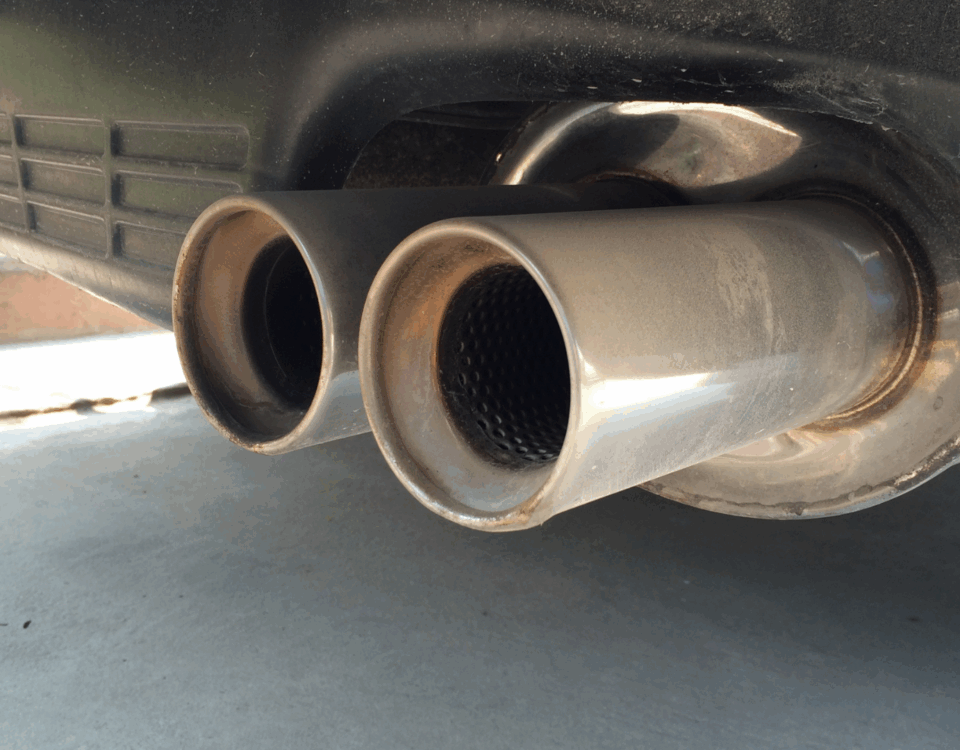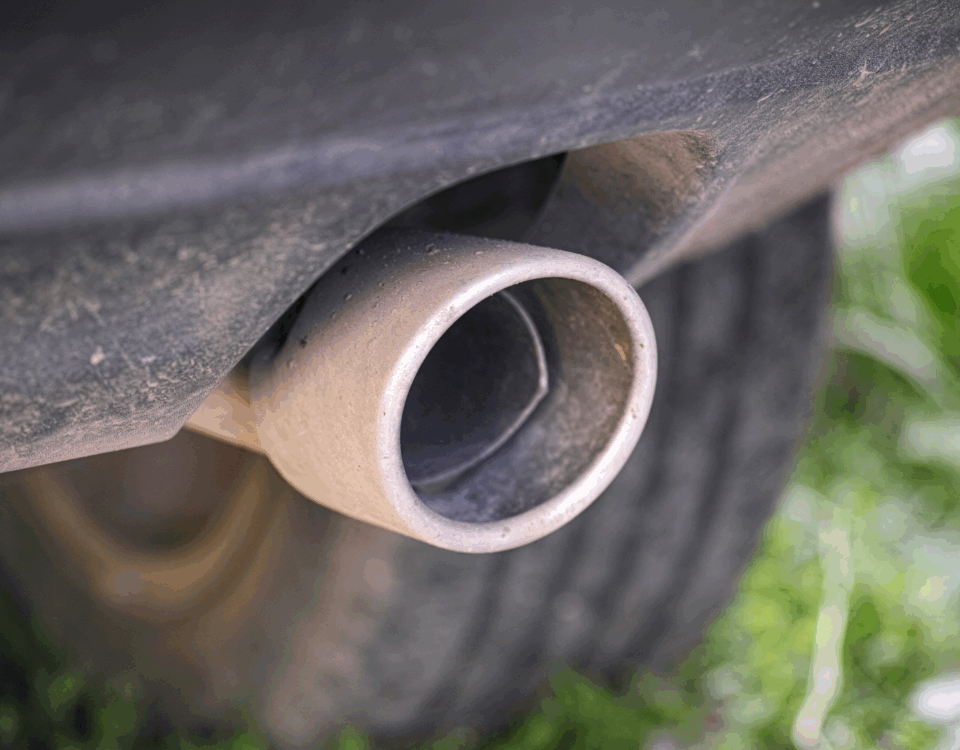
What is a Smog Inspection Station? Your Questions Answered
May 20, 2025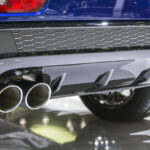
What is a Smog Check and When Is It Required?
May 26, 2025The Basics of a Smog Inspection Station
A smog inspection station is an authorized location where vehicles are tested for emissions compliance. These stations use specialized tools to check if your car releases pollutants within legal limits. As air quality regulations tighten, the role of each smog inspection station becomes increasingly critical. They help reduce air pollution and keep communities healthier. In many states, vehicles must pass these checks to complete registration. Knowing where to find a certified smog inspection station can save time and frustration.
Why Smog Inspection Stations Matter for the Environment
Every smog inspection station plays a part in reducing harmful emissions in our cities. Vehicles that emit excessive levels of pollutants contribute to smog, respiratory problems, and climate change. These stations are part of a broader strategy to ensure cleaner air and a healthier population. By requiring vehicles to pass inspections, smog inspection stations help remove or repair the biggest polluters on the road. Regular testing encourages better car maintenance and responsible ownership. That makes the community cleaner and safer for everyone.
When Should You Visit a Smog Inspection Station?
A visit to the smog inspection station is usually required every two years, but this varies by location and vehicle type. You’ll often get a notice with your registration renewal if testing is needed. Selling a vehicle may also trigger the need for a smog test. If your check engine light is on, it’s best to get repairs before heading to the smog inspection station. Some stations allow walk-ins, while others prefer appointments. Plan ahead to avoid missing any deadlines.
How to Prepare for a Smog Inspection Station Visit
Preparing your vehicle can help ensure it passes at the smog inspection station. Make sure the engine is running smoothly, and all warning lights are off. Refrain from testing too soon after disconnecting the battery, as this may reset key emissions systems. Driving the car for 15–30 minutes beforehand can help reach optimal conditions. Clean air filters and fresh oil also contribute to better results. A well-maintained car has a better chance of passing on the first visit.
What If Your Vehicle Doesn’t Pass the Smog Inspection Station Test?
Failure at a smog inspection station isn’t the end of the road. You’ll receive a report detailing what went wrong, allowing a mechanic to address the issues. Some states offer financial assistance programs for costly emissions repairs. After fixing the problems, a return trip to the smog inspection station is needed to complete the process. Re-tests are often cheaper or free at the original station. Keeping up with regular maintenance reduces the likelihood of failure and improves long-term vehicle health.



